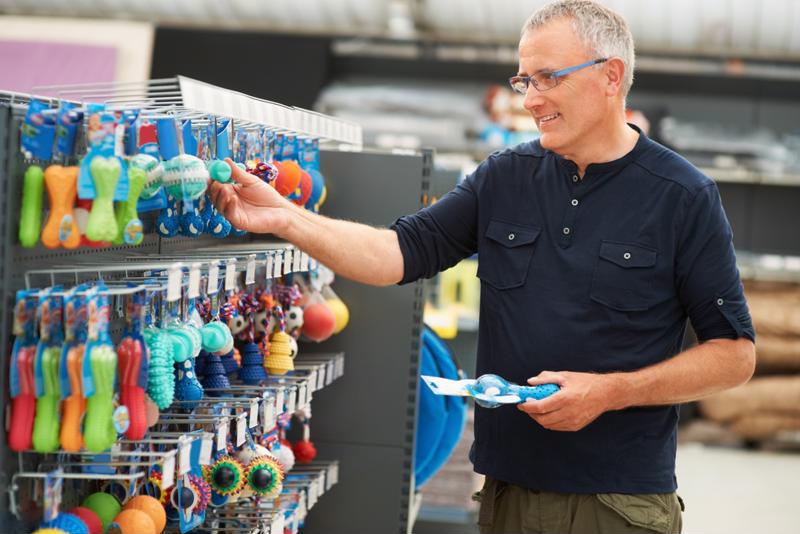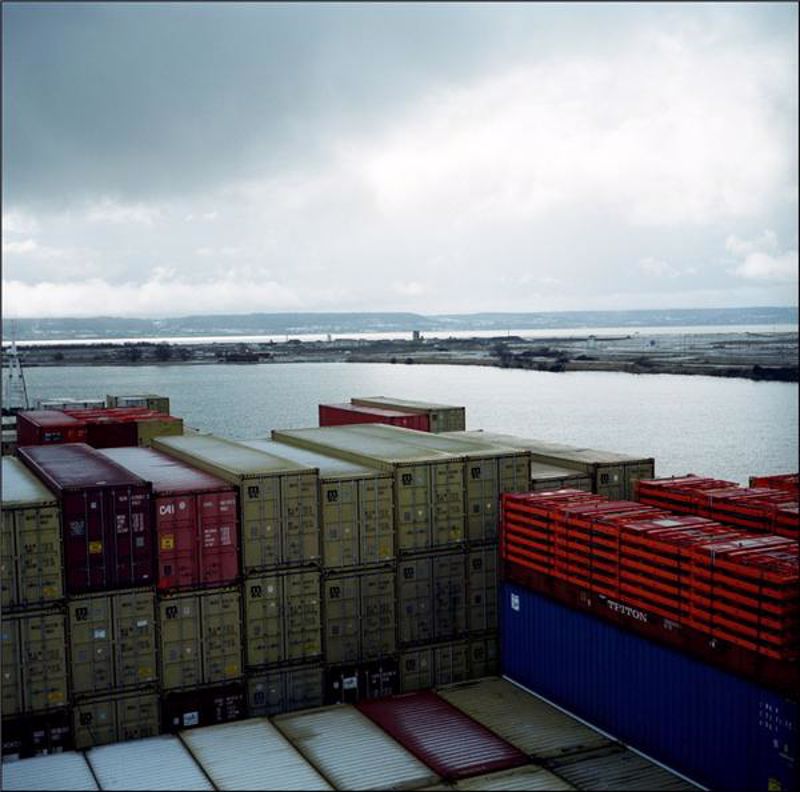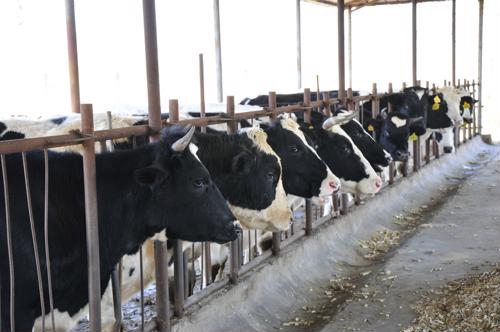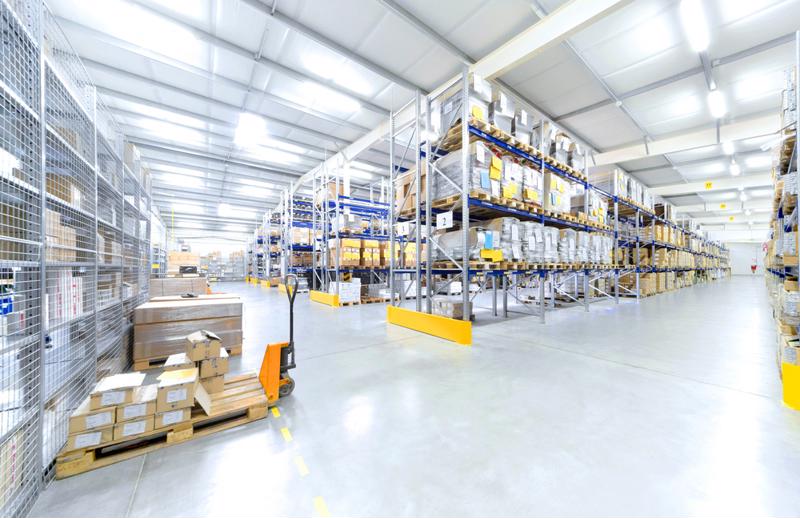Over 20 years ago, I worked for a company in Totowa, NJ. The company transported body parts to
operating rooms, provided up-to-the-minute arrival information. This was done with the Nextel Push-To-Talk
cellular technology when it was brand new to the market. One day, the latest advertising brochure was
dropped on my desk; I gave it a quick glance over and there it was, 1-866-LOGISTIC! The company didn’t own that number! I walked past the CEO’s Secretary and quietly
entered his office and informed him of the marketing error. What followed was
the entrance of the marketing staff; heads were going to roll! 100,000 advertising packets were mailed out
to be received up and down the east coast … The CEO yelled at me to locate the number
and buy it. I inquired to the CEO "what are you willing to spend to obtain the number??"
This began a sleuthing adventure - what company owned the number
and more importantly what would it cost to purchase it?
After 3 days of phone calls and following leads (this was pre-
security days, no pin codes and 2FA didn’t exist yet) I found that it was owned
by a beeper/paging company. The number
had no meaning (866-564-4784 = 866-LOGISTIc) to the paging company after I
explained what had occurred. The person
who would be issued that pager would not be happy by the number of pages
received and they would not be for them… The purchase price was $500…
So
how did this industry of “vanity” begin?
Toll-free service was introduced by AT&T in
1966 (US intrastate) and 1967 (US interstate) as an alternative to
operator-assisted collect calling. This Inward Wide Area
Telephone Service (InWATS) allowed calls to be made directly from anywhere
in a predefined area by dialing the prefix 1‑800- and a seven-digit number.
The system initially provided no support for Automatic Number
Identification (Caller ID) and no record to the quantity of calls,
instead requiring subscribers to obtain expensive fixed-rate lines which
included some number of hours of inbound calling from a "band" of one
or several U.S. states or Canadian provinces. Early toll-free 800 calling
lacked the complex routing features offered with modern toll-free service.
After competitive carriers could compete with AT&T in establishing
toll-free service, the three-digit exchange following the 800 prefixes was linked
to a specific destination carrier and area code; the number itself corresponded
to specific telephone switching offices and trunk groups. All calls went to one
central destination; there was no means to place a toll-free call to another
country.
Despite its
limitations (and the relatively high cost of long distance during the
1970-1990), the system was adequate for the needs of large volume users such as
hotels, chains, airlines, and cars for hire firms which used it to
build a truly national presence.
AT&T engineer Roy P. Weber from Bridgewater, New
Jersey patented a 'Data Base Communication Call Processing Method' which
was deployed by AT&T in 1982. The called number was an index into a
database, allowing a 'Toll-Free Call' or '800 Call' to be directed
anywhere. This feature and other advances made it possible for AT&T
marketing analyst Dodge Cepeda from Bedminster, New Jersey to propose
the introduction of providing 800 Toll-Free Service to small and medium-size
business customers on a nationwide basis
A toll-free vanity number is a custom number or a mnemonic which
is easy to remember; it spells and means something, or it contains an easily
recognized numeric pattern. An easily remembered number has branding value as a
direct response tool and is extremely popular, during the mid-1970’s the
carriers quickly realized they could charge a hefty fee for specialty/vanity toll
free number (ex: 800-FLOWERS).
There is a fee structure is for the vanity number each month and a
per minute charge for each call received. A non-vanity toll free number in the 1980’s
ranged from 59.95 to $500 and the rate per minute to have the call ring in your
business was 6-10 cents a minute.
Compare the costs to today – an average AT&T toll free number per
month is $4.95 and the rate per minute is around .014. The most sought vanity numbers can be
purchased on the open market (more of this later in the article>)
What are the Toll-Free Area Codes?
The toll-free number area codes in
use today: 800, 833, 844, 855, 866, 877, and 888 and 833 was the last one added
in May 2017
Do any of the toll-free area codes operate beyond the continental
U.S.?
844 is a multi-country area code rea
code that operates in the North American Numbering Plan: USA, Canada,
Anguilla, Antigua and Barbuda, Bahamas, Barbados, Bermuda, British Virgin
Islands, Cayman Islands, Dominica, Dominican Republic, Grenada, Guam, Jamaica,
Monserrat, North Mariana.
Do Toll Free numbers still have
value? The answer is, “it depends.”
From the user cost savings
perspective – NO, not really. When calls were 6+ cents a minute (25 cents
per minute from a payphone) if I could call a business and they paid for my inquiry
– yes… there was a value of “wanting my business” and a savings to my
pocketbook.
Now with free
unlimited cellular minutes or per minute rates on landlines at just above a
penny a minute…these free calls aren’t “necessary” as a value save for the consumer.
However, a vanity
number is brand building, it
unifies messaging and broadens the company exposure.
- 1-800-WALGREENS
- 1-888-BEST-BUY
- 1-888-NEW-HOME
- 1-800- PET-MEDS
- 1-877-USA-ROOF
- 1-800-GOFEDEX
Toll Free numbers may be
catchy, thus remembered without being written down:
- 1-800-HURT
- NOW
- 1-800-GIANT-MEN
- 1-800-GOT-JUNK
Toll Free Numbers may just have a
single word in their number to help users remember their purpose:
Seminole
Casino in Brighton – 866-2- CASINO
Jenna
Choctaw Pines Casino – 855-638- LUCK
Today Vanity numbers
don’t need to be toll-free and can be purchased on the open market. (8/11/2021)
- 279-999-9999 – is listed for $75,000
- 320-222-2222 is available for $50,000
- 203-888-0000 is listed for $15,000
- 206-ABC-DEFG – is listed for $15,000
- 209-REALTOR- is listed for $15,000
All advertising has a price. A
vanity number can be considered a visual logo, it can be spoken or sung (used
in a jingle), spells a name for easy remembrance, or perform a service, a quick
direct connection. The value of using a vanity number (toll free or not) is a
strategic business decision and should be considered carefully based upon the
“reach” goals of your business.
At Corcentric
we specialize in sourcing initiatives/data analytics across many business
sectors (including Marketing) within an organization to reduce costs/streamline
efficiencies and reduce manual labor. For additional information please reach out: twankoff@Corcentric.com





























